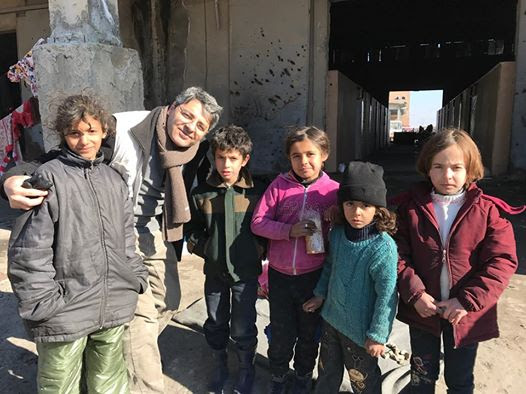|
New!Clean Pure Christlike energy to move 1063 pounds of bricks in one sheer movement using the power of a man's back or horses requires energy.That is all!Abraham had no four wheel engined vehicle but he had faith and common sense to do whatever God demanded of him in a way that was efficient and respectful to all of God's creation of which he was a part.Abraham also had no written law; also true for Joseph or Jacob or Moses when Moses crossed the red sea.All posts are authored by Warren A.Lyon.
Search This Blog
Friday, 23 December 2016
Pope’s Christmas Greetings to Roman Curia: 12 Steps to Reform
Subscribe to:
Post Comments (Atom)








No comments:
Post a Comment